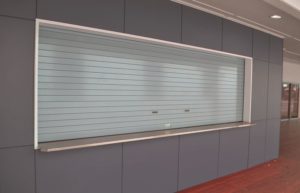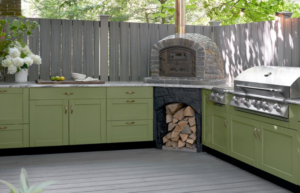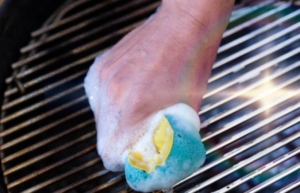Why ‘Poor’ Plumbing Practices Can Lead to Bigger Problems Down the Track
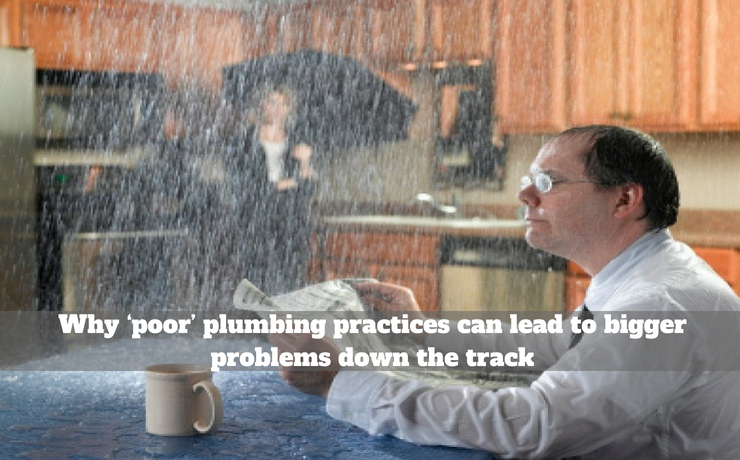
Professional plumbing practices are surprisingly expensive, and with so many tutorials online, you may be tempted to try and fix the problem yourself. Unfortunately, that could end up making the issue worse and you’ll spend so much more money than you ‘saved’ by doing it yourself. Granted there a certain things you can do on your own, like plunging a blocked drain. The trick is objectively knowing your plumbing limits.
For many plumbing scenarios, you should do a bit of first aid and leave the rest to the experts. You can – for example – temporarily plug a leak with insulation tape / duct tape, or wiggle a drain snake in a backed up kitchen sink. Let’s look at some home plumbing escapades that are harder than they look on YouTube, and are best left to trained plumbers. The first thing is accidentally growing your own fat berg.
Breeding fat creatures
If you wash your dishes by hand, you probably don’t think twice about emptying your dishes into the sink. With a dishwasher, it’s different, because the first process is to scrape the plates, cups, pots, and pans into the garbage disposal. When we do a hand-wash, all these leftovers and food deposits land in the sink instead, and get washed into the sewer system – or so we think. Many times, the food particles just get stuck in the sink’s u-curve.
After a while, this blockage accumulates, so dish waster stops flowing out. Some of that piled up decomposing food might even slip back up the drain, causing nasty smells and maggots. At that point, our automatic response is to use a plunger to force the whole mess away. If this works, you home grown fat berg will move into the sewers, fusing with others and forming a blob that could cost city plumbers thousands of dollars to disperse.
Hair balls and fat plugs
On the other hand the blockage on your side of the sink might be so dense that pressing down the plunger pushes the blockage against the sides of the piping, splitting, cracking, or bursting them. Similarly, pouring hot water down the sink when there’s already a clog might compromise the pipes and create a leak. To prevent all these issues, avoid pouring leftovers and greasy foods down the sink.
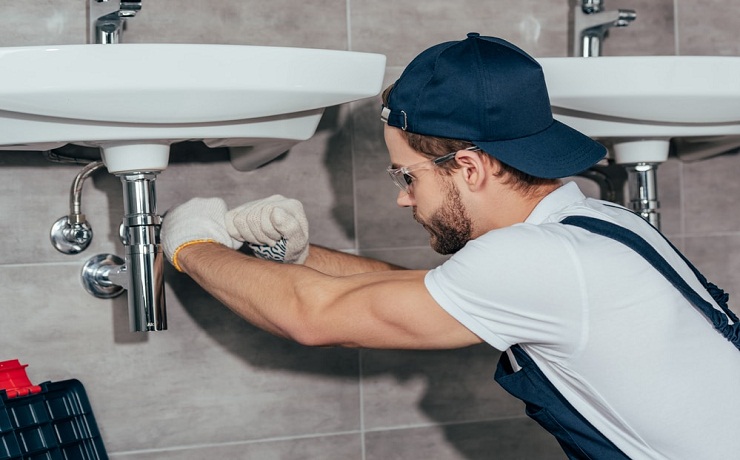
If there’s a clog, place a bucket or basin below your sink, unclog the u-curve, empty it, and rinse it before you rush for the plunger. Once the u-curve is empty, pour some hot water down it, letting it drain into the bucket. Similarly, be careful when you’re doing your hair, shaving your beard, or grooming. As much you can avoid putting hair down the drain.
Ignore drips at your peril
When your tap or toilet cistern is dripping, you may be vaguely irritated, but you might not think it’s a big enough issue to need fixing. After all, you can simply place a bucket under the drip to catch the water. It’s actually a good technique to see just how much water you’re losing. Plus, after changing out the bucket a few times, you’ll probably grab that spanner yourself. Other times, the leak is in a less visible place.
A good example is a badly flushed toilet which can drip water out of the bowl. You might not notice because it sounds a lot like water refilling the cistern. The difference? Toilet bowl drips aren’t controlled by a ball valve, so the dripping never stops. A drip may also appear in a portion of the house you don’t have access to. To avoid such cases, audit your water bills with the same scrutiny you apply to credit card statements.
Spot the tap
If your weekly or monthly water bill is higher than usual you might have a leak. After all, one drip per second from a kitchen or bathroom tap can add up to over 10,000 litres a year. If your showerhead drips just ten times a minute, you’ll waste close to 2,000 litres of water annually, and that’s in addition to the water wasted through unnecessarily long showers. You can’t fix every leak but be sure to know where the water mains is.
You can turn it off and reduce further wastage before the plumber arrives. You should also do a water faucet audit and know the locations of every individual water cut-off point. This is essential because you can’t just close off water to the whole house. If you know where water comes into the bathroom, kitchen, or hand basin, you can close that specific tap or valve, reducing the water lost while still allowing the rest of the household touse water.
Read Also:

